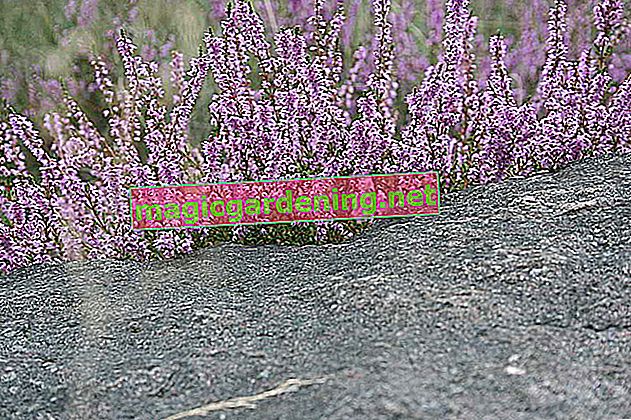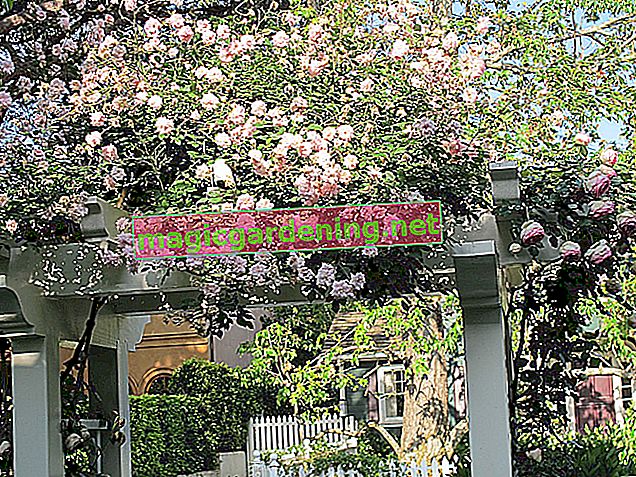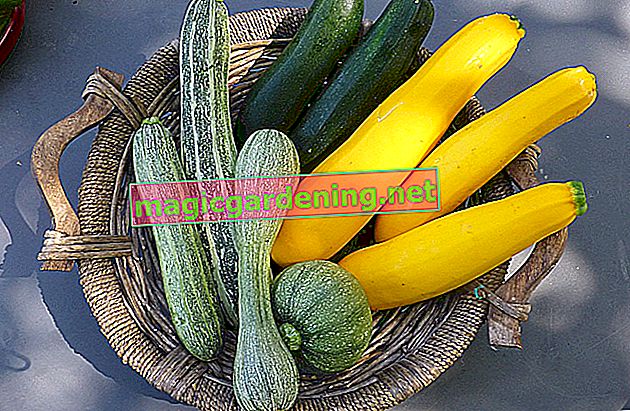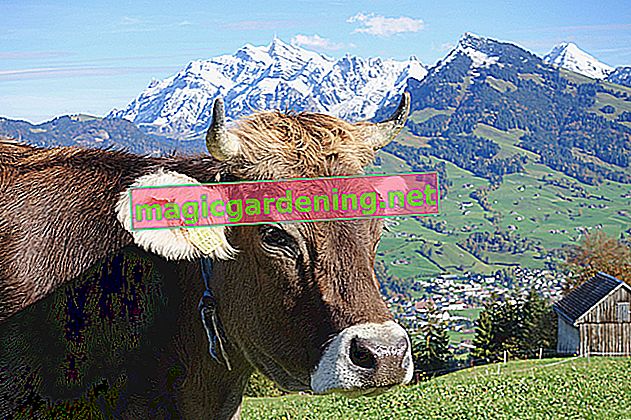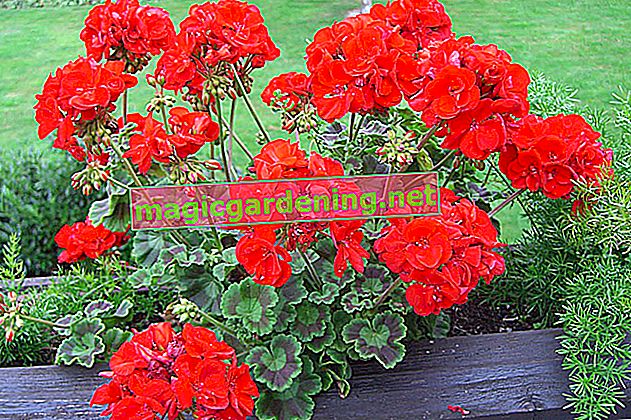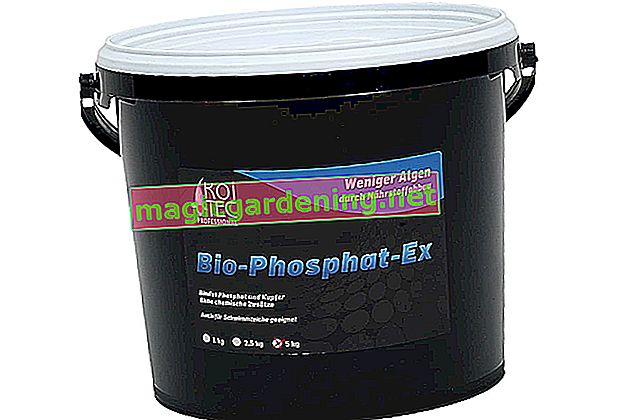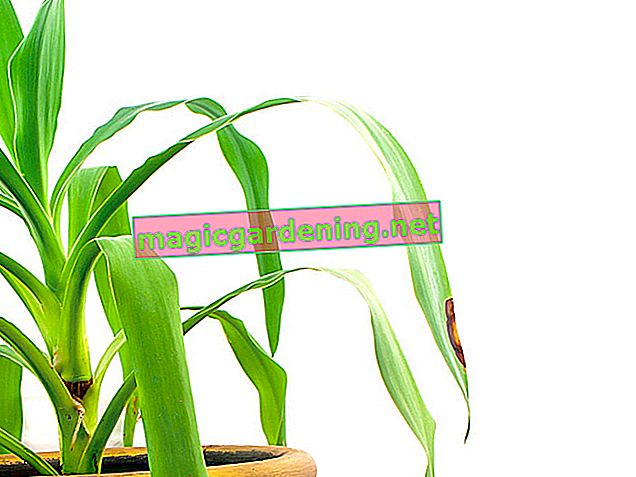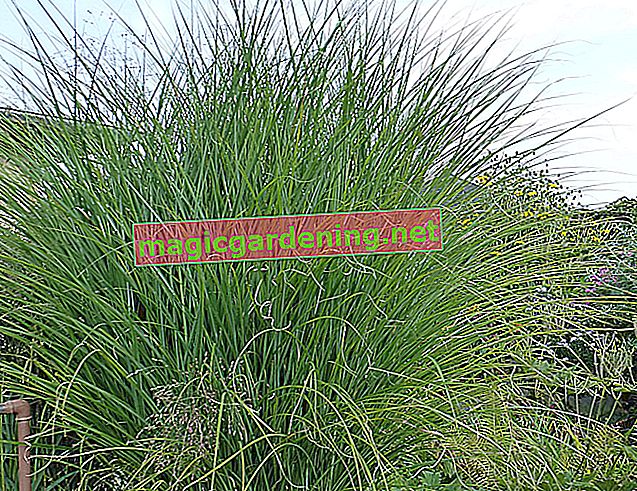
The advantages and disadvantages of reeds in the garden
| The advantages | The disadvantages |
|---|---|
| Reed is robust | Depending on the species, the reeds need a lot of water |
| Reed is easy to care for | The reeds are extremely rampant |
| Reeds grow very quickly | Reed is very difficult to remove |
| Reed grows very densely and is therefore suitable as a privacy screen and hedge | Reeds displace other plants |
| Reed is hardy |
Which type of reed is right for my garden?
Which type of reed you choose depends mainly on two circumstances:
- How high should the reeds grow?
- What is the location like?
also read
- Hibernate reeds properly
- Maintain the reeds properly
- Fertilize the reeds properly
If the reeds are used as a privacy screen, the giant Chinese reeds are ideal, for lower hedges you should use the dwarf reeds.
If the location is swampy, you can use the cattail, for example, which is wonderfully suitable for pond planting. The Chinese reed is more suitable for a drier location in the garden. You can find a comprehensive overview of the reed species and their particularities and heights here.
What should be considered when planting?
As already mentioned, reeds are extremely rampant. It is therefore absolutely recommended to install a root barrier when planting. Otherwise the reeds can hardly be kept in check.
Most species prefer moist, light locations. However, some, like the Chinese reed, do not need feet to be permanently wet.
How high is the maintenance effort?
Reeds are easy to care for and only need a little attention shortly after planting. Care should be taken to ensure that the soil is always kept moist and that there is an adequate supply of nutrients, e.g. through the use of fertilizers or compost. Once the reeds have grown, all you need to do is make sure they are adequately watered. It also makes sense to fertilize compost once a year. You can find detailed information on caring for reeds in our care guide.
A pruning is advisable at least once a year, especially for tall species, to keep the growth in check and to give the reeds a nice shape.

